Herring Gull
Larus argentatus (Pontoppidan, 1763)
HG
 HERGU
HERGU  5921
5921

Family: Charadriiformes > Laridae
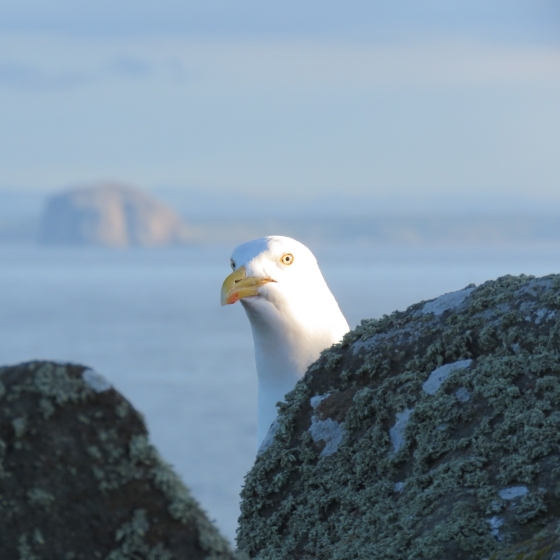
A quintessential sound of the seaside, the beautiful pearly-grey backed and pink-legged Herring Gull is perhaps one of our most familiar.
The Herring Gull feeds mainly on marine vertebrates and invertebrates, with Green Shore Crab being a particular favourite. It is an opportunist, however, and will eat a wide variety of food and can be found feeding in large congregations at refuse dumps, taking advantage of the food we throw away.
Once confined to the coast as a breeding bird, small numbers of Herring Gulls can now be found breeding far inland.
Identification
Herring Gull identification is often straightforward. The following article may help when identifying Herring Gull.
Identifying Iceland Gull and Glaucous Gull
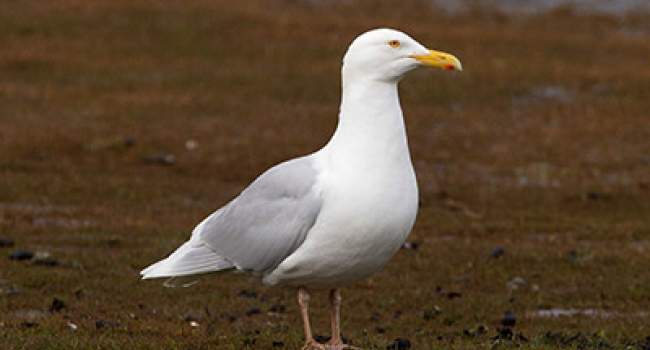
The latest identification video tackles the difficult pair of gulls, Iceland and Glaucous. March is one of the best months of the year to catch up with wandering gulls as they make their way back to their summer haunts.
- ‹ previous
- 3 of 3
SONGS AND CALLS
Listen to example recordings of the main vocalisations of Herring Gull, provided by xeno-canto contributors.
Call
Song
Develop your bird ID skills with our training courses
Our interactive online courses are a great way to develop your bird identification skills, whether you're new to the hobby or a competent birder looking to hone your abilities.
Browse training coursesStatus and Trends
Population size and trends and patterns of distribution based on BTO surveys and atlases with data collected by BTO volunteers.
CONSERVATION STATUS
This species can be found on the following statutory and conservation listings and schedules.
POPULATION CHANGE
The Herring Gull has declined considerably since the 1969–70 Census, with the coastal population falling by more than 50% by the time of Seabird 2000 (1998–2002). Annual monitoring suggests that further declines have occurred since Seabird 2000 and the results from the recent Seabirds Count (2015–21) are expected to confirm the severity of this decline in coastal breeding Herring Gulls (JNCC 2022). Small numbers breed inland, usually on rooftops, where they are difficult to survey; hence the status of the overall UK population is less clear. It is believed that these populations are increasing but still make up only a relatively small proportion of the UK population and that the increases in urban areas do not compensate for the declines elsewhere, but further assessment and future monitoring of urban populations is needed.
| UK breeding population |
+40% increase (1995–2022) 
|
DISTRIBUTION
Herring Gulls are widely distributed throughout lowland areas of Britain, with the highest concentrations near the coast. In Ireland, the distribution is more coastal.. In the breeding season the distribution is predominantly coastal, but the species readiness to nest on buildings has allowed it to colonise urban areas.
Occupied 10-km squares in UK
| No. occupied in breeding season | 1242 |
| % occupied in breeding season | 41 |
| No. occupied in winter | 2501 |
| % occupied in winter | 83 |
European Distribution Map
European Breeding Bird Atlas 2
Breeding Season Habitats
| Most frequent in |
Open Shore 
|
Relative frequency by habitat
Relative occurrence in different habitat types during the breeding season.

DISTRIBUTION CHANGE
Herring Gull breeding populations have declined significantly in size but few colonies have been completely lost. The breeding distribution change map implies that the greatest losses have been in coastal areas of western Ireland and western Scotland. Gains shown in urban areas are indicative of the divergence in trends between increasing urban and declining rural breeding populations.
Change in occupied 10-km squares in the UK
| % change in range in breeding season (1968–72 to 2008–11) | +36% |
| % change in range in winter (1981–84 to 2007–11) | +0.6% |
SEASONALITY
Herring Gulls are recorded throughout the year.

Movement
Information about movement and migration based on online bird portals (e.g. BirdTrack), Ringing schemes and tracking studies.
RINGING RECOVERIES
View a summary of recoveries in the Online Ringing Report.
Biology
Lifecycle and body size information about Herring Gull, including statistics on nesting, eggs and lifespan based on BTO ringing and nest recording data.
SURVIVAL & LONGEVITY
View number ringed each year in the Online Ringing Report
Typical Lifespan 
|
12 years with breeding typically at 4 year |
Adult Survival 
|
0.88±0.013 (Male: 0.858±0.02 Female: 0.989±0.016)  
|
Juvenile Survival 
|
0.63 (to age 4) 
|
BIOMETRICS
Wing Length 
|
Adults | 414.5±19.7 | Range 385–448mm, N=1125 |
| Juveniles | 405.7±20.1 | Range 375-440mm, N=582 |
Body Weight 
|
Adults | 971±152.3 | Range 757–1260g, N=974 |
| Juveniles | 957±343.3 | Range 710–1210g, N=473 |
Feather measurements and photos on featherbase 
CODES & CLASSIFICATION
Ring size 
|
G |
Field Codes 
|
2-letter: HG | 5-letter code: HERGU | Euring: 5921 |
For information in another language (where available) click on a linked name
Research
Interpretation and scientific publications about Herring Gull from BTO scientists.
CAUSES AND SOLUTIONS
Causes of change
The main drivers of the population changes are unclear. However, botulism is believed to be one important factor behind the declines which occurred between 1969–70 and Seabird 2000 (Mitchell et al. 2004), at a time when other seabird species including Lesser Black-backed Gull were increasing. Recent declines particularly at rural and coastal colonies may be associated with the factors that have affected other gull species: reduced breeding success resulting from reduced feeding opportunties due to closure of landfill sites and a reduction in fisheries discards (Mitchell et al. 2004; Bicknell et al. 2013). Increases in urban areas are likely to be driven by the fact that they provide both increased foraging opportunties and safe nesting sites that are relatively predator free in comparison with natural sites (Raven & Coulson 1997).
PUBLICATIONS (4)
Assessing habitat use of Herring Gulls in the Morecambe Bay SPA using GPS tracking devices
Number of coastal Herring Gull populations have reduced markedly in recent years.
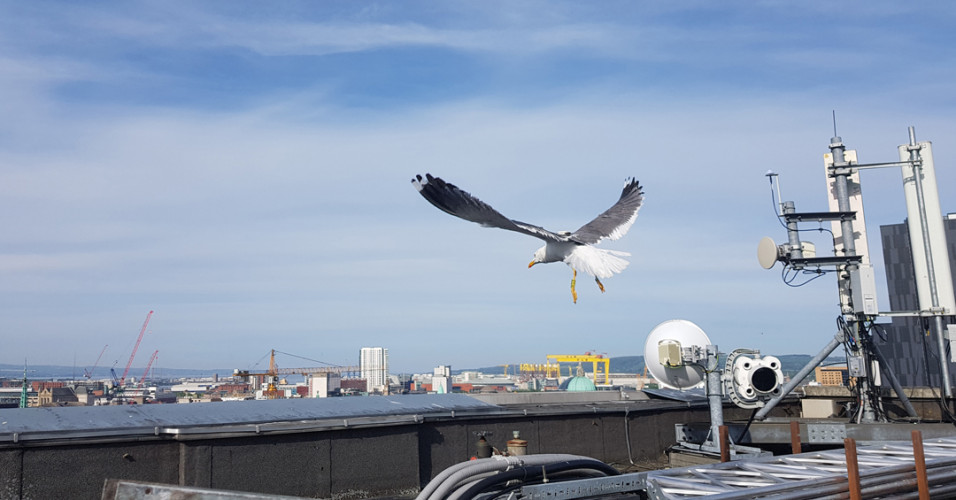
Belfast’s urban gulls: an assessment of breeding populations, breeding season movements and winter population
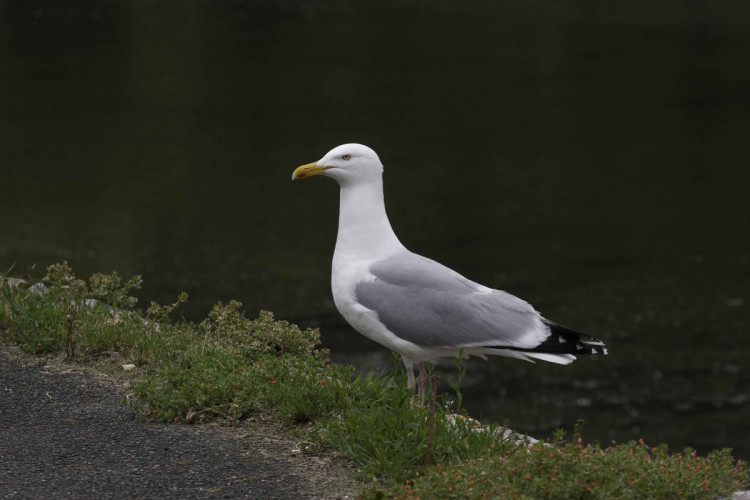
Foraging habitat selection by breeding Herring Gull (Larus argentatus) from a declining coastal colony in the United Kingdom
Herring Gulls aren't after your chips
New BTO research using GPS tracking reveals that declining Herring Gulls are more likely to be foraging on Mussels than pilfering chips.
Urban Breeding Gull Surveys: A Survey Design Simulation
Includes annex: Results for Northwest England.
Links to more studies from ConservationEvidence.com
- Effects of predation and food provisioning on black tern chick survival
- Rotator for protecting circular fish ponds against predatory birds
- Reducing the density of breeding gulls influences the pattern of recruitment of immature Atlantic puffins Fratercula arctica to a breeding colony
Read more studies about Herring Gull on Conservation Evidence >
Would you like to search for another species?



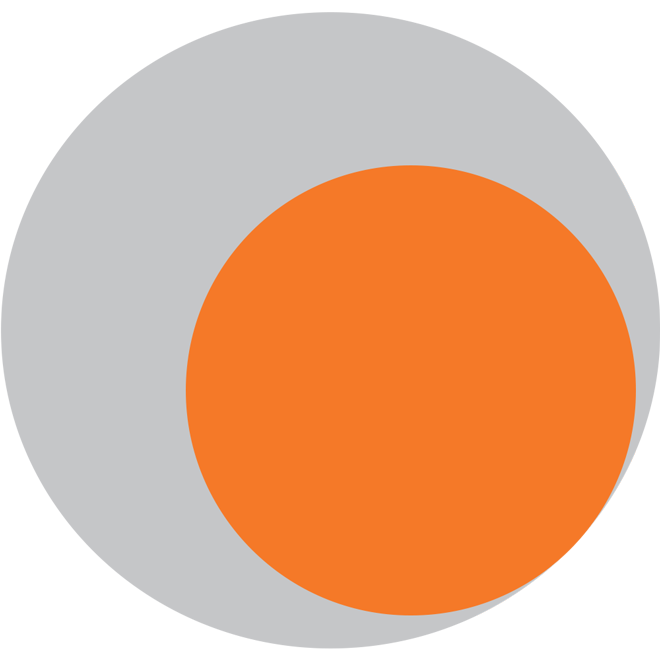










Share this page